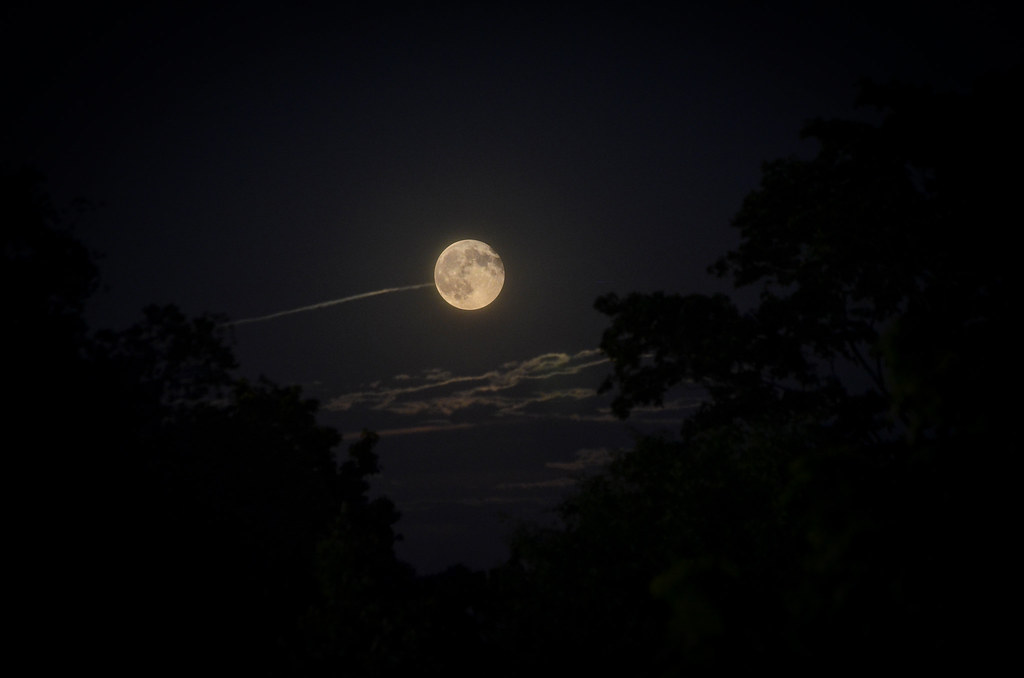Are you ready for a rare, once-in-a-lifetime sky event? There are two minor meteor showers in November, just like October but this is the least of our worries. There was a supermoon in October but this time it is much bigger not just from October’s supermoon, it could be the biggest moon you can ever see in your entire life. The last time the moon came this close was on January 26, 1948 and it won’t come this close to Earth again until November 25, 2034.
1. November 4, 5 – Taurid Meteor Shower

Taurid meteor shower is a long-running minor meteor shower that produces about 5-10 meteors per hour. Normally meteor showers are made of dust grains left behind by asteroids or comets but Taurid meteor shower consists of two different streams. One of the streams is produced by dust grains of Asteroid 2004 TG10 and the other one is produced by the debris of Comet Encke.
Every year the Earth passes through the Taurid meteor shower and in the Northern Hemisphere, you can spot the shower from 4 to 5 November. The meteors are meant to be most abundant around midnight on these dates.
2. November 14 – Full Moon, Supermoon

Just like I explained above, this supermoon might be the biggest, brightest and closest one you can ever see in your entire life. If forces of nature give us a clear night sky, watching this giant moon from a warm spot (maybe around a campfire) would be fascinating.
This supermoon also brings prophecies of end times. Some religious leaders around the world believe God sending signs in the sky warning of a major turning point on Earth and upcoming ‘apocalyptic’ events. If you are wondering, there is a scientific explanation for these kinds of theories. When the moon becomes very close to Earth, an increase in the gravitational pull of the moon may cause Earth tides and sea tides. If the gravitational pull is so strong (like this one – closest moon of the century), it may even cause natural disasters like tsunami and earthquake.
3. November 16, 17 – Leonid Meteor Shower

Just like Taurid, Leonid is a minor meteor shower that produces up to 15 meteors per hour. This shower has a cyclonic peak that occurs about every 33 years and this minor shower becomes the most spectacular shower of the year where hundreds of meteors per hour can be seen. The last cyclonic peak occurred in 2001 so there is nothing spectacular about this minor shower in 2016.
The Leonid is produced by debris left behind by 55P/Tempel – Tuttle, which is a periodic comet with an orbital period of 33 years. Leonid meteor shower runs annually from November 6 to 30 but peaks between the midnight of November 16 and the dawn of November 17. The giant supermoon will block most of the faint meteors but if you wait too long, you might catch a couple of good ones.
4. November 29 – New Moon

The Moon will be between the Earth and The Sun during the event. Sunlight will illuminate the opposite side of the moon but the side facing the Earth will be completely dark. Since there won’t be any moonlight, this is a great opportunity to observe the other stars and galaxies.
P.S: If you are able to catch spectacular photos from Taurid or Leonid meteor shower that you’d like to share with us, we would be more than happy to share them with our followers by giving you a credit. Be sure to include your name and location before sending your photos to greenide@outlook.com.













